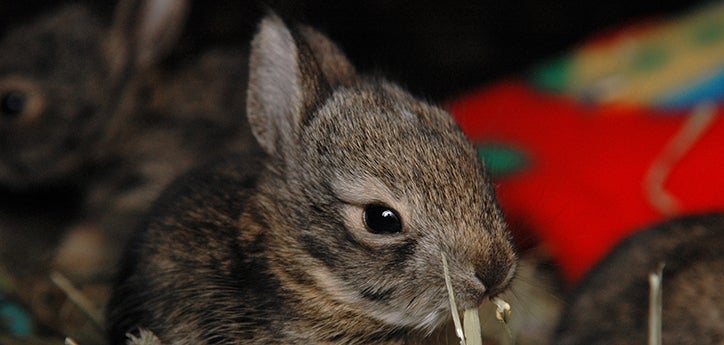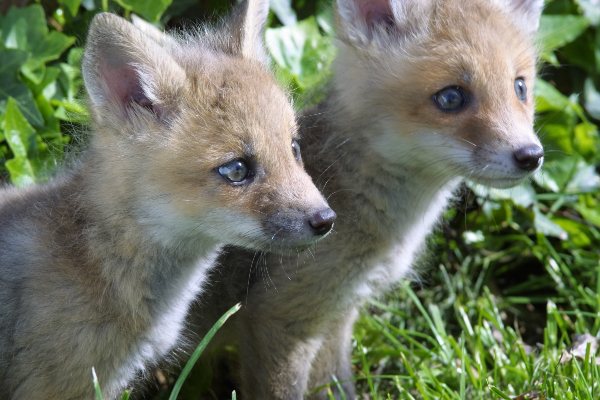The Role of Humane Wildlife Removal in Protecting Resident Ecosystems
Humane wild animals removal is not just a moral factor to consider but a crucial part in protecting local ecosystems. By focusing on non-lethal approaches, it attends to the delicate equilibrium between human development and wild animals environment conservation.
Comprehending Human-Wildlife Problems
Human-wildlife problems often develop when the all-natural environments of pets intersect with human tasks, resulting in competitors for sources and area. As urbanization and agricultural expansion remain to encroach upon wild animals areas, pets such as raccoons, prairie wolves, and deer discover themselves in closer proximity to human populaces. This closeness can cause destructive effect on both wildlife and humans, as pets might trigger damage to crops, framework, and personal effects while human beings may unintentionally hurt wild animals with environment destruction and other anthropogenic stress.
The intricacy of these disputes comes from an array of factors. Changes in land use, environment change, and the fragmentation of ecosystems often require wildlife to adjust to new settings, in some cases leading them into industrial or domestic areas. Additionally, the schedule of human-generated food sources, such as rubbish and pet food, can draw in wild animals to human settlements, aggravating interactions and prospective problems.
Resolving human-wildlife problems requires a nuanced understanding of pet habits, eco-friendly dynamics, and socio-economic factors to consider. By examining these communications, policymakers and guardians can create approaches that intend to minimize disputes while maintaining biodiversity and keeping ecological balance. The goal is to foster coexistence and lessen unfavorable influences on both human communities and wild animals populaces.
Relevance of Non-Lethal Approaches
Reducing human-wildlife conflicts demands methods that prioritize the wellness of both animals and humans. Non-lethal methods of wildlife removal personify this ethos by offering solutions that prevent damage to wildlife while dealing with human issues. These techniques include exemption techniques, environment adjustment, and using deterrents to inhibit wildlife from going into human atmospheres (wildlife removal Burlington). By employing such techniques, we can manage wildlife interactions without turning to lethal procedures, therefore protecting animal populaces and reducing ethical problems related to murder.
Non-lethal approaches are critical in preserving environmental equilibrium. They guarantee that types proceed to fulfill their duties within ecological communities, such as regulating insect populations or cross-pollinating plants. Moreover, these approaches commonly confirm more reliable in the long-term, as removing private pets can develop a space that is quickly filled by other participants of the types or different species altogether. This can result in a cycle of recurring elimination initiatives, whereas non-lethal deterrents attend to the source of wild animals existence.
Additionally, non-lethal approaches foster coexistence by educating the general public regarding wild animals actions and motivating unified living practices. This awareness can lead to a lot more lasting human-wildlife interactions, eventually guarding both neighborhood rate of interests and pet well-being.
Benefits for Biodiversity
When non-lethal wild animals removal methods are employed, they add significantly to biodiversity preservation. By making certain the secure relocation of pets instead than their obliteration, these methods preserve environmental equilibrium and safeguard the honesty of communities.

Furthermore, these methods cultivate coexistence between humans and wildlife, decreasing negative communications and protecting the rich tapestry of life that characterizes biodiverse areas. This method encourages a deeper understanding and regard for wildlife, cultivating neighborhood assistance for conservation efforts. Inevitably, humane wildlife elimination is a vital component in guarding biodiversity, making sure ecological communities stay lively and functional for future generations.
Techniques for Reliable Removal
Carrying out efficient methods for humane wild animals elimination needs a comprehensive understanding of pet behavior and habitat needs. This understanding works as the structure for establishing techniques that make sure the risk-free and ethical moving of wildlife. One main strategy involves carrying out comprehensive evaluations of the damaged area to determine the species existing and the particular obstacles they pose. This analysis helps in creating customized strategies that minimize anxiety and damage to the animals.
An additional essential technique is utilizing exclusion techniques, which focus on sealing entry indicate prevent animals from returning to structures. This method not just resolves the immediate problem however also functions as a long-lasting option, minimizing future problems in between people and wildlife. site here Furthermore, making use of non-toxic deterrents and repellents can urge animals to vacate locations willingly, matching other removal efforts.
Capture and moving must always be a last hotel, utilized just when animals pose a straight risk or are unable to exit on their very own. In such situations, utilizing gentle catches and ensuring the launch of animals in suitable environments are vital to safeguarding their well-being. Collaboration with wild animals experts and adherence to legal laws even more boost the efficiency of these methods.

Encouraging Conjunction in Urban Locations
Promoting coexistence in metropolitan areas needs a diverse method that balances human growth with the demands of neighborhood wild animals. Urban policymakers and organizers must incorporate environment-friendly rooms, such as parks and wild animals passages, right into city styles to provide environments for indigenous varieties. wildlife rescue burlington.
Education and learning and understanding projects are essential in fostering a society of conjunction. Locals require to recognize the relevance of wild animals and the function they play in local ecosystems. Workshops and informative sessions can gear up neighborhoods with knowledge on just how to decrease disputes, such as securing garbage and utilizing gentle deterrents to prevent wild animals breach.
Additionally, modern technology can play a considerable role in advertising conjunction. Using wild animals monitoring systems, as an example, can assist track animal movements and educate metropolitan preparation decisions. Collaborations between environmental companies, regional federal governments, and neighborhood groups can further enhance go these initiatives, making sure that urban advancement proceeds sustainably while respecting the eco-friendly balance.
Final Thought
Humane wild animals elimination is necessary for keeping eco-friendly balance and biodiversity by using non-lethal approaches that minimize injury to animal populations. Eventually, promoting coexistence in city areas cultivates a harmonious partnership in between people and the all-natural setting, making certain lasting environments for future generations.
As urbanization and agricultural development continue to encroach upon wild animals areas, animals such as raccoons, deer, and coyotes discover themselves in closer distance Extra resources to human populaces. Non-lethal methods of wild animals elimination personify this ethos by supplying solutions that avoid injury to wild animals while resolving human issues. By utilizing such strategies, we can manage wild animals communications without resorting to lethal procedures, thus maintaining animal populaces and decreasing moral problems associated with murder.
Executing effective strategies for gentle wildlife removal needs a comprehensive understanding of animal habits and habitat needs.Humane wildlife removal is vital for keeping environmental equilibrium and biodiversity by employing non-lethal techniques that decrease damage to pet populations.